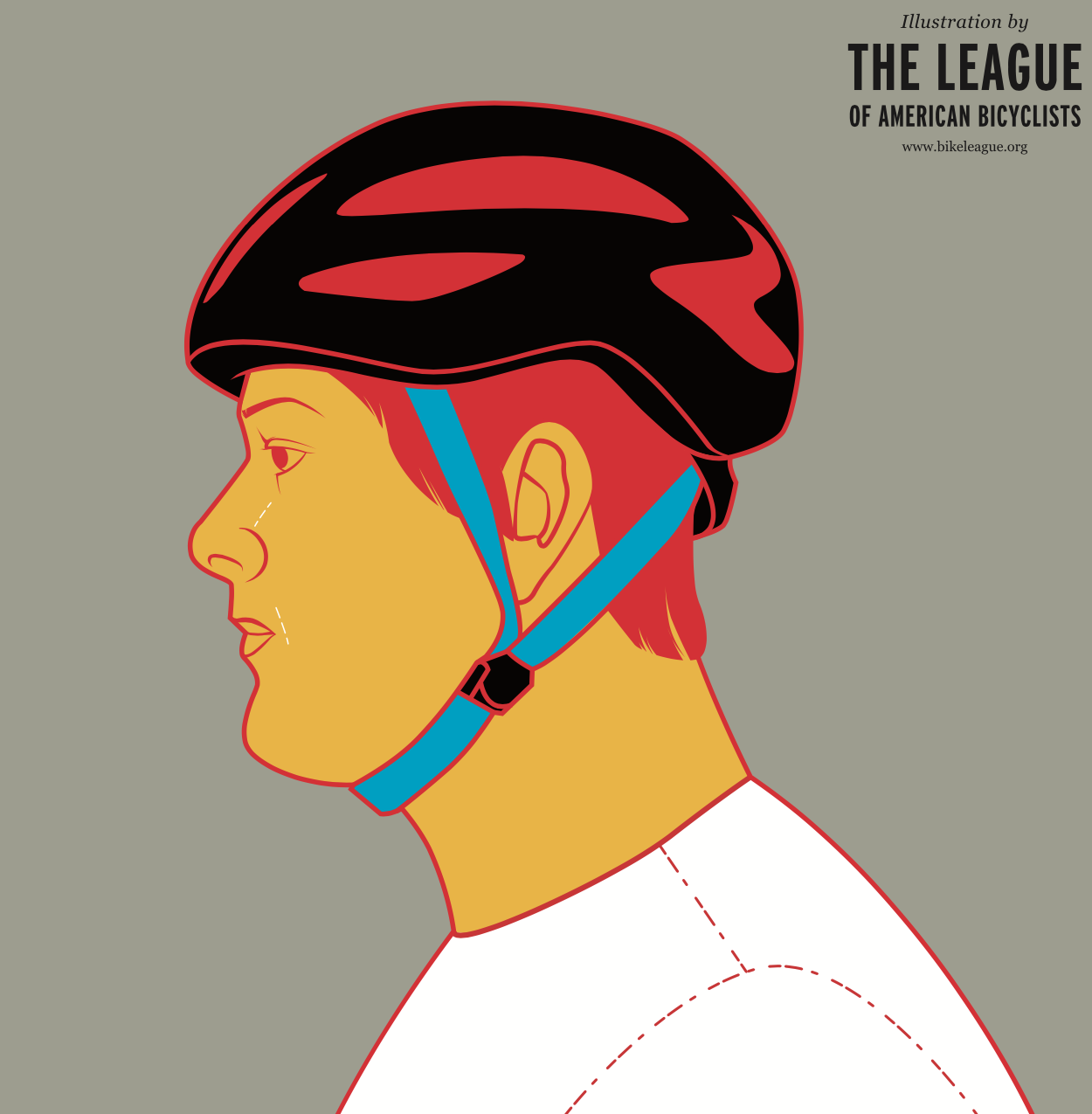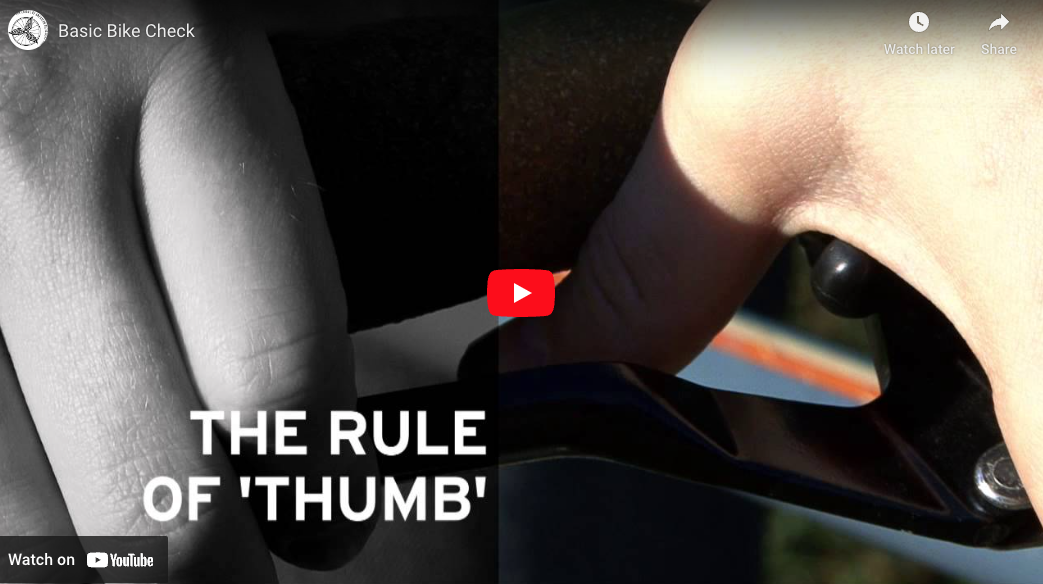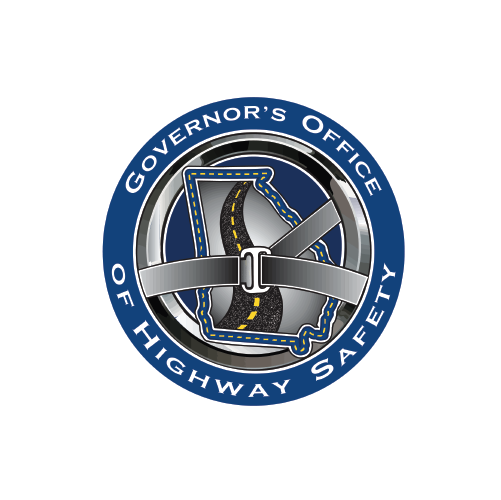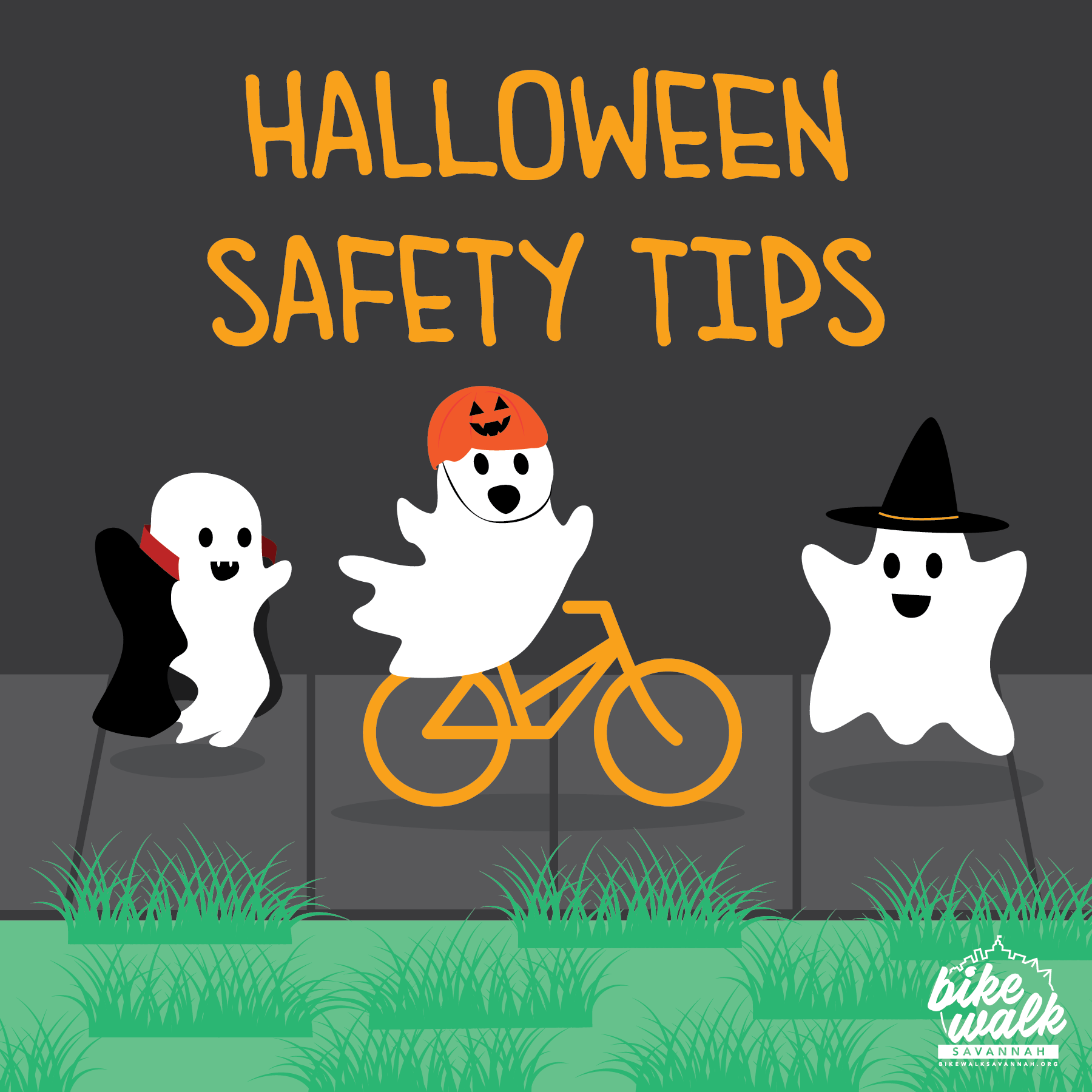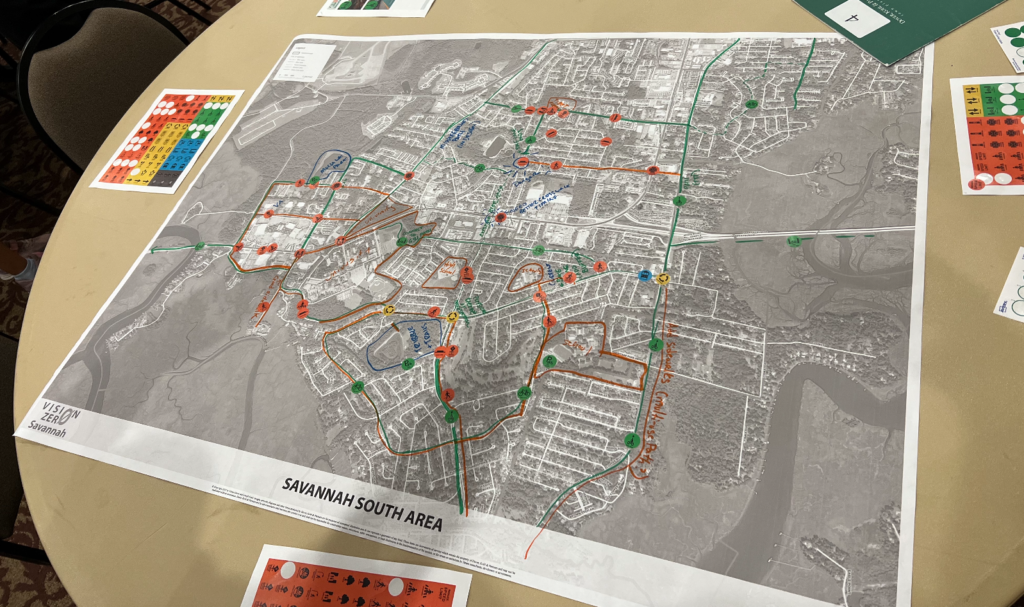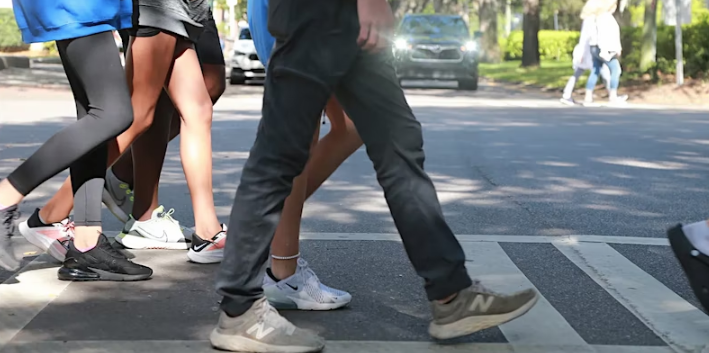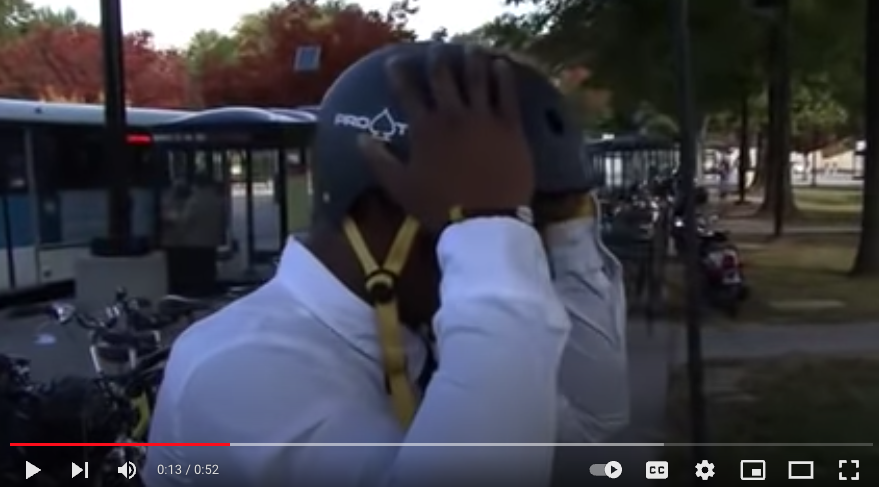The Georgia Department of Transportation (GDOT) is seeking feedback about a proposed solution to reduce crash frequency and severity on US 80/SR 26 from Lazaretto Creek to Tybrisa Street on Tybee Island, Chatham County.
The proposed improvements, which can be seen on the GDOT website, would improve safety and accessibility and reduce the frequency and severity of vehicular, pedestrian, and bicycle crashes along the corridor. They would also allow for improved emergency response times and provide better connections to the Bull River and Lazaretto Creek bridge replacements.
Bike Walk Savannah is in support of the project, with the following modifications to increase the safety of people walking and biking:
- Instead of parking stops and flexible bollards, protect the cycletrack with a continuous curb and armadillo bumps at intersections.
- 2nd Ave. is part of Tybee Island’s official bike route, but lacks a safe crossing at the intersection. Jones Ave. has a signal, but bicyclists have to go through a parking lot to get to it. This area needs better planning for safe travel.
- People driving should not cross a cycletrack to back in to parking spaces. Additionally, the proposed design requires a two-phase crossing at N Campbell Ave., which is the main way to get to North Beach, and also has businesses on 3 corners that frequently see vehicles entering and exiting parking lots. During peak times this intersection sees many turning cars, which would reduce the opportunity for safe crossings for people walking and biking. Instead, the crossing should be moved closer to McKenzie Ave. or Byers St., which see a much lower number of turning vehicles.
- If the crossing remains at Campbell Ave., parking should be parallel and be placed between the motor vehicle lane and the cycletrack as protection.
- Recommend adding a crosswalk at 6th Ave. to facilitate safer pedestrian crossing opportunities.
GDOT is accepting public comments through April 8, 2024. View the project presentation and find out more information at us-80-tybee-safety-improvements-0019699-gdot.hub.arcgis.com, and click here to take the survey.


